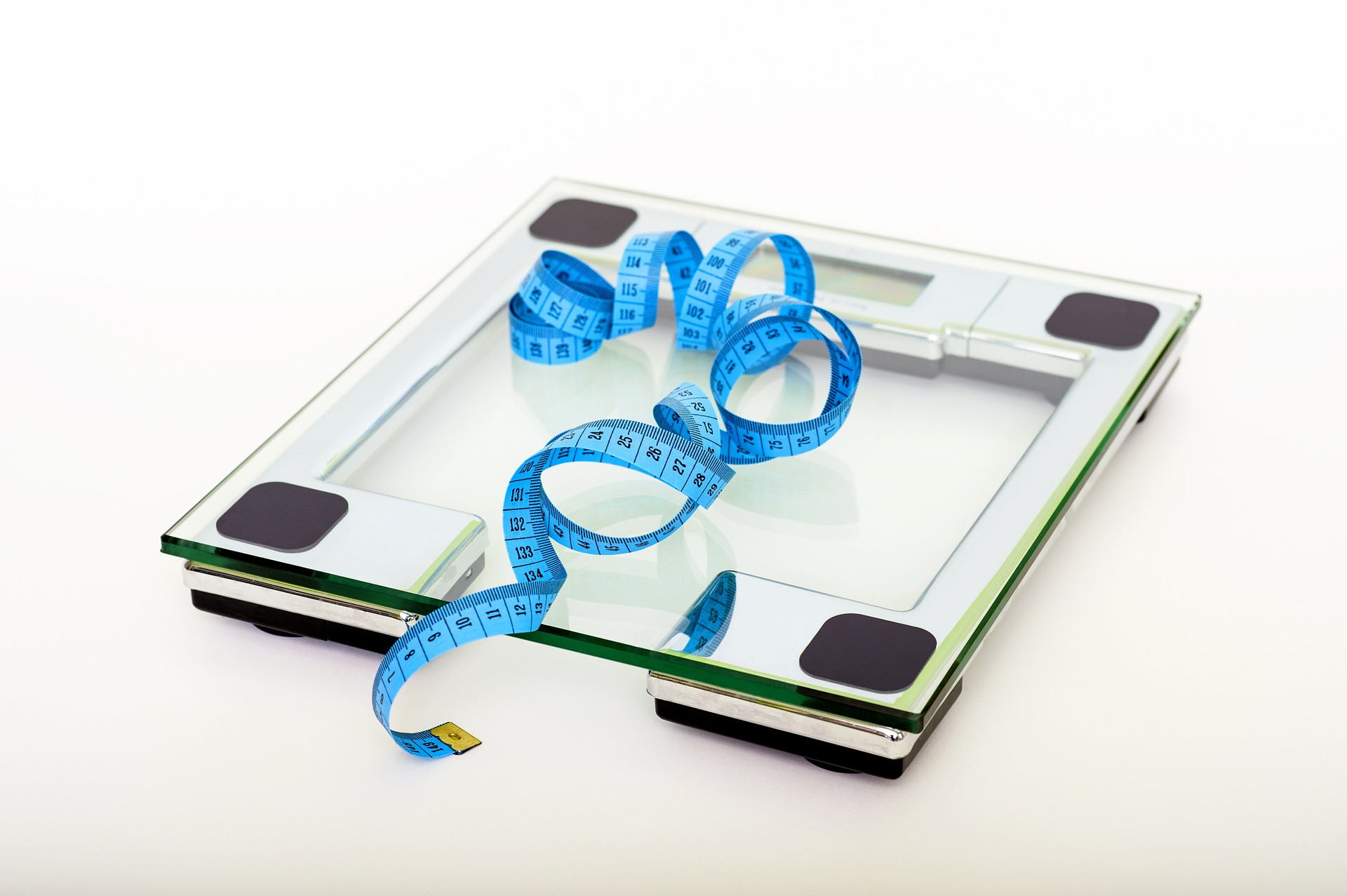Setting a goal to lose weight to reach a healthy weight is good step to improving your overall health.
Being overweight or obese increases the risk for the following:
- Heart disease
- Stroke
- Type-2 diabetes
- Some cancers
- Mobility issues
- Sleep difficulties
A registered dietitian can work with you to create the best weight loss plan for your goals and lifestyle. Weight loss plans should include these three components to be successful:
- Reduced-calorie meal plan or strategy
- Exercise or physical activity for 30 minutes a day
- Discussions to help you explore how your habits, emotions, or environment affect how you eat
Food choice and exercise are the obvious components of a weight loss plan, but you also need to address your eating habits and relationship with food. Many people have complex feelings and associations related to food. Do you eat more when you are upset or stressed? Do you tend to go out to eat instead of packing lunches or cooking at home? Does your family also struggle with good food choices? In order for a weight loss plan to be successful, you will need to make changes to your overall lifestyle and daily habits. You may also need to address other underlying health or mental health issues if they impact your food choices.
Strategies for Weight Loss and Weight Management
A weight loss plan created for you with the help of a registered dietitian is the best way to achieve and maintain a healthy weight. Here are some general tips you may be able to incorporate into your plan to reach and maintain a healthy weight.
Practice portion control.
- Try measuring out your portions so you know exactly how much you are eating.
- Check the nutrition label to determine serving sizes.
- Choose to eat all meals and snacks off of a plate rather than out of the package so you can keep track of how much you are eating.
Aim for a more plant-based menu.
- According to United States Department of Agriculture’s ChooseMyPlate.gov, half of your plate should be filled with vegetables and fruits.
- Add more vegetarian dishes into your meals. It is not necessary to have meat, poultry, or fish at every meal. By incorporating more vegetarian dishes, you will also increase your intake of fruits, veggies, whole grains, and beans.
Eat a variety of fruits, vegetables, whole grains, and beans.
- All of these foods are high in fiber and low in calories.
- Fiber helps you feel fuller longer.
Choose whole grain foods.
- Whole grains also contain fiber and are a lasting energy source.
- Whole-grain foods include whole-grain breads, cereals, pasta, crackers, and brown rice.
Choose lean proteins.
- Protein foods also help you feel fuller longer.
- Lean proteins include eggs, fish, skinless chicken, turkey, lean beef, lean pork, beans, and soy products.
Choose low-fat or fat-free dairy products.
- Low-fat and fat-free dairy products contain the same amount of protein as regular dairy products.
- Low-fat and fat-free dairy products include 1% or skim milk, low-fat yogurt, reduced-fat cheese, and cottage cheese.
Limit foods high in fat and calories.
- High-fat foods like regular butter, creamy dressing and sauces, sour cream, mayonnaise, fried foods, and desserts contain more calories and can contribute to weight gain.
- Limit frequency and portions of high-fat foods and choose reduced-fat items when possible.
- Choose healthy fats like avocado and olive oil when possible.
- Note: It is still important to maintain portion control when consuming healthy fats as they are still a significant source of calories.
- Avoid high-fat cooking methods, such as pan or deep frying. Try broiling, steaming, grilling, and roasting instead.
Avoid high-calorie beverages.
- Avoid drinking large amounts of sugar-sweetened beverages such as sodas, sports drinks, sweetened teas, lemonade, and sweetened fruit juice.
- Choose low-calorie, low-sugar beverage options such as water and unsweetened tea.
- Limit or reduce alcohol consumption to no more than one drink per day for women and two drinks for men.
Avoid eating when you are not physically hungry.
- Listen to your body. Do not confuse boredom or stress for hunger.
- Try making a list of alternate activities you can do when you have the urge to eat when not hungry.
Limit eating out at restaurants or ordering takeout.
- Restaurants often serve large portions of higher calorie and higher fat foods.
- Limit eating out so you are not tempted with large portions of these foods as often.
- If you do go out to eat, read the menu at home and choose a healthier option.
- Pack up half of your meal in a to-go box before you start eating to limit the portion size.
When Nothing Seems To Work…
Achieving a healthy weight can be a difficult process, especially if you are not seeing results as quickly as you had hoped. It may be time to take a closer look at your goals and your relationship with food.
Set realistic weight loss goals.
Losing weight, when done safely, is a slow process. Healthy weight loss is usually at a rate of 1-2 pounds a week. If you lose weight more quickly than this, you may be losing muscle, not just fat. When making changes or starting a new weight loss plan, you will usually lose weight more quickly at the beginning. As you get closer to your goal weight, it can take more time to lose pounds. Losing weight at a healthy pace makes it easier to maintain the weight loss and helps set you up for long–term success.
Write down your food intake.
You may be eating more than you realize. Check the nutrition facts and portion size of the foods you eat regularly. You may think a food item is healthy, but it may be high in calories or you may be eating more than the recommended serving size. Keeping a food journal can make you more aware of appropriate portion sizes and suppress urges to eat when not hungry.
Consider downloading a mobile app to track your daily food intake. There are free apps available that also include additional features that allow you track your physical activity and set weight loss goals.
Focus on other successes, not just pounds lost.
Instead of only focusing on the number on the scale, set and strive to achieve other goals, too. For example, maybe you want to lose inches off your waist to reach a healthy waist circumference. You may also have fitness goals such as walking a mile in a set amount of time. You can also set other food-related goals such as cooking dinner at home instead of going out to eat or meeting your recommended water intake every day for a week.
Talk to your healthcare team.
If you are cutting back on calories and exercising but not seeing results, other issues may be at play.
Factors other than nutrition and exercise can also contribute to weight gain or make losing weight more difficult. These factors include the following:
- Medications such as steroids, hormone therapy, or antidepressants
- Medical issues such as hypothyroidism or polycystic ovary syndrome (POS)
- Mental health issues and stress
- Limited mobility or ability for physical activity
If you think any of these factors are making it difficult for you to lose weight, talk to your healthcare team. You may need to make adjustments to your weight loss plan or consider medical weight loss strategies.



